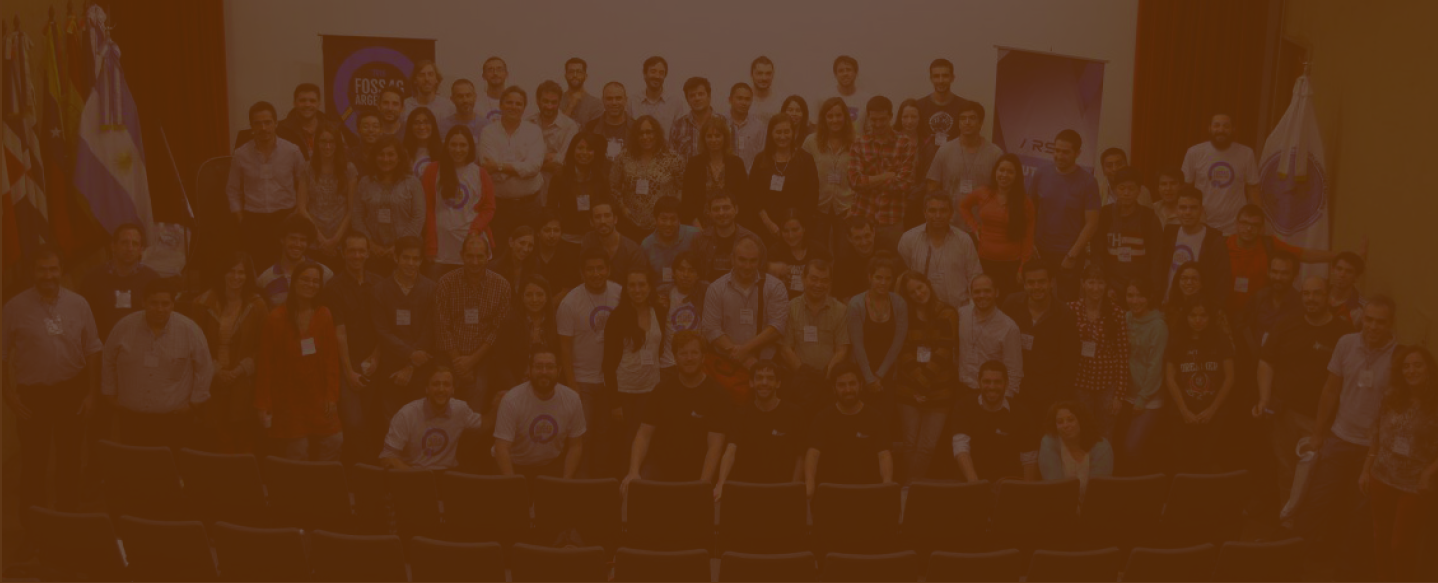2021-09-30, 16:00–16:30, Córdoba
The SpatioTemporal Asset Catalog (STAC) specification has become an increasingly popular way of cataloging and searching for geospatial datasets in the cloud. STAC provides a standard way to define spatial (GeoJSON) location, temporal info and metadata important for search and discovery, along with references to the underlying data (assets). STAC objects link to each other, allowing groups to be created, exposed as catalogs, and crawled by indexers. Links also provide a way to track provenance by linking to source STAC Items used to derive new STAC Items.
Developed in an open community over the last 4 years, STAC has now reached a stable 1.0.0 version. With a variety of extensions built on this core, an API spec compatible with OGC API Features, and an increasing open-source software ecosystem, STAC is an important precursor for cloud-native workflows, in-place analysis, data fusion, and scaling processing of large geospatial datasets.
This talk will discuss the most recent developments in the STAC and STAC-API specifications, what the future holds for STAC, common STAC extensions, as well as a discussion of best practices for the creation and use of STAC. A brief overview of the most common software tools and catalogs will also be included.
The SpatioTemporal Asset Catalog (STAC) specification has become an increasingly popular way of cataloging and searching for geospatial datasets in the cloud. STAC provides a standard way to define spatial (GeoJSON) location, temporal info and metadata important for search and discovery, along with references to the underlying data (assets). STAC objects link to each other, allowing groups to be created, exposed as catalogs, and crawled by indexers. Links also provide a way to track provenance by linking to source STAC Items used to derive new STAC Items.
Developed in an open community over the last 4 years, STAC has now reached a stable 1.0.0 version. With a variety of extensions built on this core, an API spec compatible with OGC API Features, and an increasing open-source software ecosystem, STAC is an important precursor for cloud-native workflows, in-place analysis, data fusion, and scaling processing of large geospatial datasets.
This talk will discuss the most recent developments in the STAC and STAC-API specifications, what the future holds for STAC, common STAC extensions, as well as a discussion of best practices for the creation and use of STAC. A brief overview of the most common software tools and catalogs will also be included.
Hanson, Matthew (1) Holmes, Chris (2)
(1) Element 84
(2) Planet
Use cases & applications
Topic –Standards, interoperability, SDIs
Level –2 - Basic. General basic knowledge is required.
Language of the Presentation –English
Matthew Hanson develops software for the use and analysis of remote sensing data

